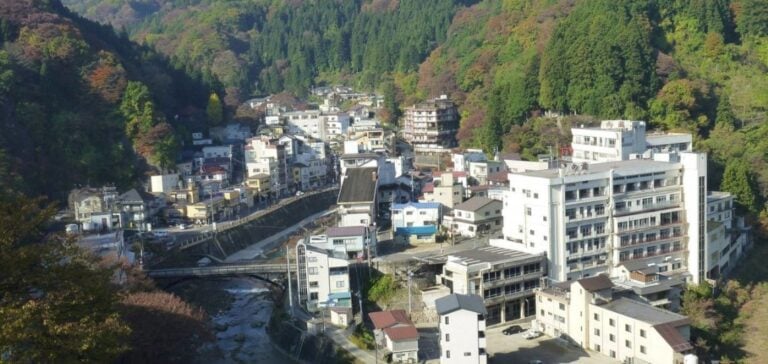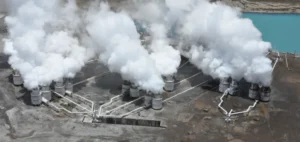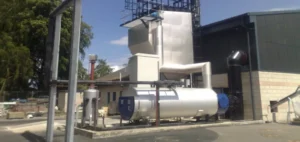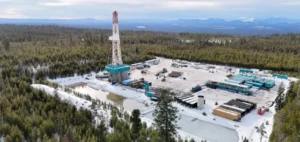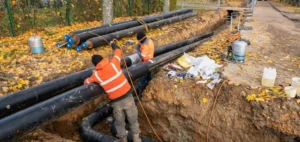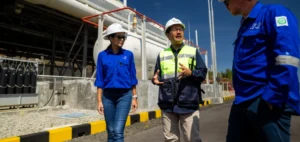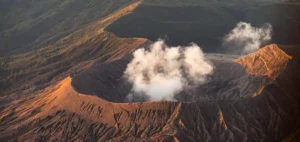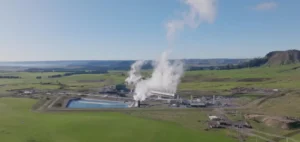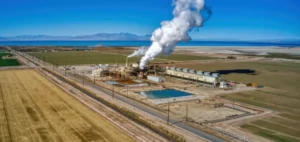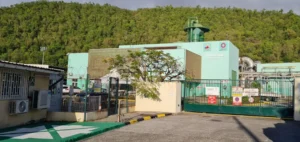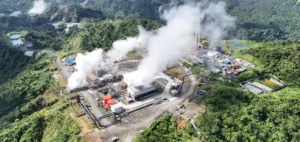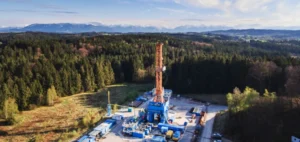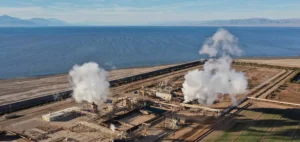Tsuchiyu Onsen, located in Fukushima Prefecture, is known for its hot springs, which attract tourists.
In the current context of energy diversification, this region is turning to geothermal production.
The geothermal power plant, which has been in operation for almost ten years, harnesses the earth’s heat to generate electricity, without affecting the availability of hot springs.
The decision stems from Japan’s energy challenges following the Fukushima Daiichi incident in 2011.
The initiative is the result of collaboration between local spa operators and energy players.
The aim of this cooperation is to ensure that the two activities can coexist without compromising either the hot water supply or the region’s tourist appeal.
At Tsuchiyu Onsen, stakeholders are adapting extraction methods to limit the impact on groundwater and preserve the integrity of thermal resources.
Collaboration and Adaptation to Local Challenges
The owners of the Tsuchiyu Onsen establishments, aware of the economic and energy stakes involved, are actively participating in the geothermal project.
The development of this power plant differs from other Japanese regions where tensions exist between tourism and energy production.
Here, a concerted strategy has been adopted to ensure responsible resource management, guaranteeing the stability of the local tourism industry while diversifying the energy supply.
Unlike other areas of the country, where there is resistance to the hot springs being affected by geothermal energy, Tsuchiyu Onsen applies techniques designed to avoid the reduction of thermal flows.
Scientific data and environmental risk assessments are integrated from the outset of projects to minimize conflicts of interest and maximize local acceptability.
International Application Perspectives
The Tsuchiyu Onsen example is of interest to other geothermal regions.
Countries like Kenya and the USA, with similar energy potential, are looking to this approach to integrate geothermal energy into economically sensitive areas.
The coordinated management of natural resources and the active participation of local stakeholders make it possible to reconcile energy production with the maintenance of existing activities, particularly tourism.
This integration strategy relies on strong local governance, capable of addressing both economic and energy concerns.
By ensuring that energy projects take account of local realities, regions can avoid the opposition often seen when introducing new infrastructure.
Tsuchiyu Onsen’s approach, which combines economic pragmatism with adaptation to local needs, paves the way for other regions wishing to reconcile energy development with sustainable management of their natural resources.


